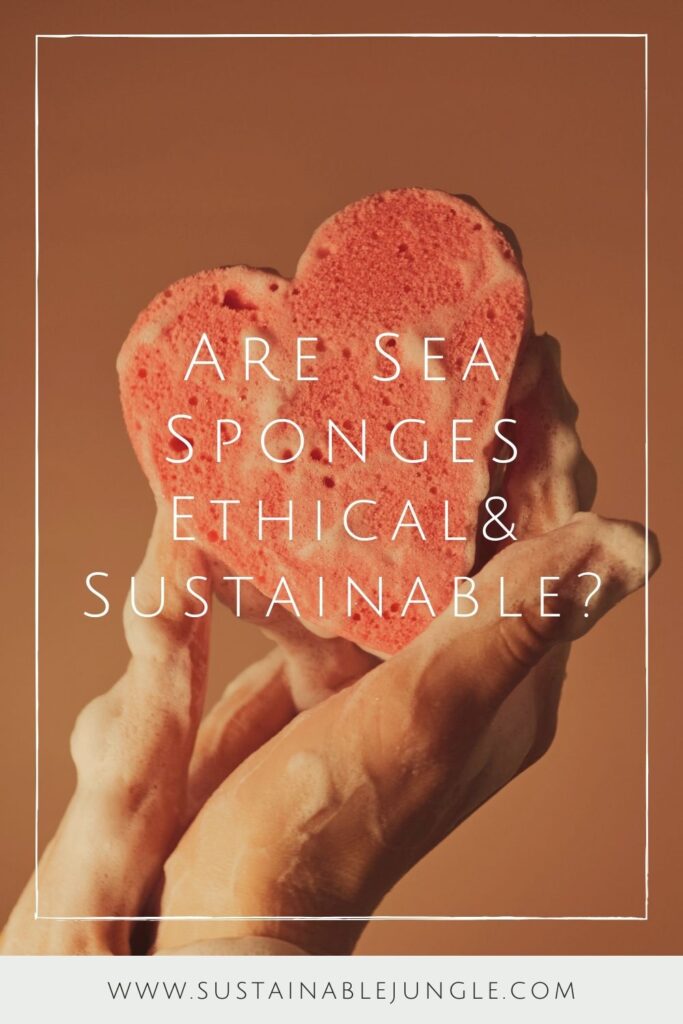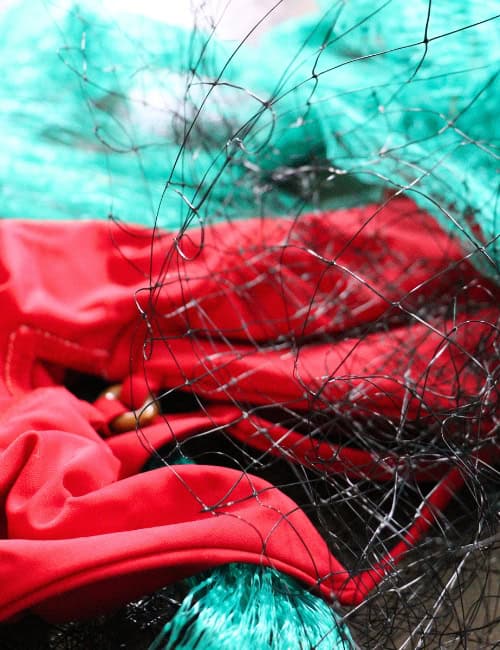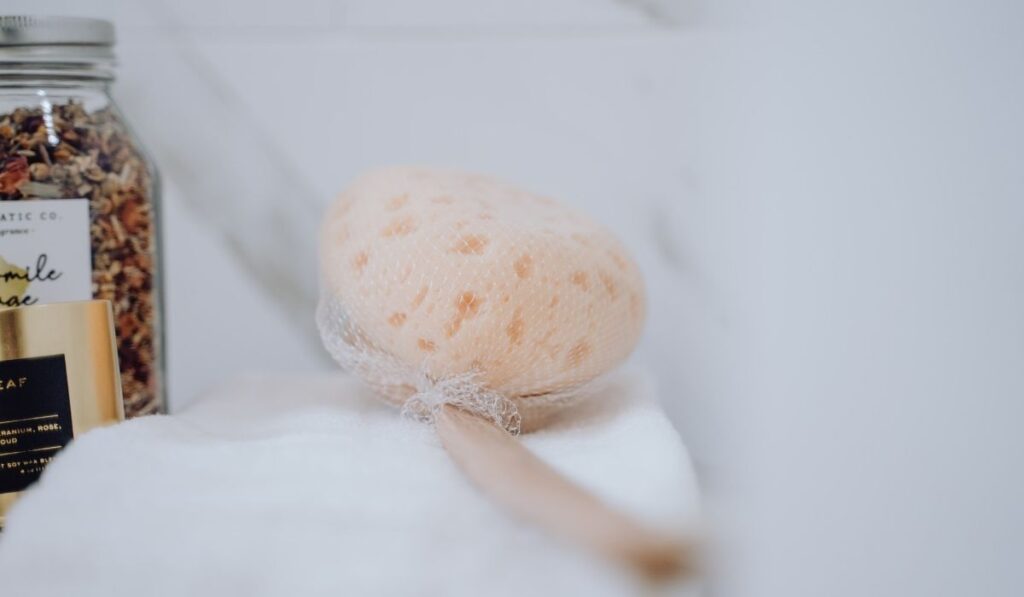
Are sea sponges sustainable And Ethical?
To really understand the nuanced answer to the question “are sea sponges sustainable?”, it’s important to understand that sea sponges are actually animals.
Sea-riously!
They’re simple, multicellular organisms that spend their adult life attached to the sea bed or growing on coral (also an animal).
Humans have been harvesting and using sea sponges for thousands of years, for bathing, cleaning dishes, painting, menstrual products, and medical applications due to their bioactive compounds.
However, knowing they’re a living member of the animal kingdom begs another question: are natural sponges ethical?
We weren’t shore about either of those so decided to take a deep dive into the world of sea sponges to investigate.
Before you hop in the shower, let’s take an underwater journey to see if that eco-friendly sponge of yours is really eco friendly (or watch our quick video on the topic below).
QUICK LINKS: ARE NATURAL SEA SPONGES SUSTAINABLE & ETHICAL?
1. WHAT EXACTLY IS A SEA SPONGE?
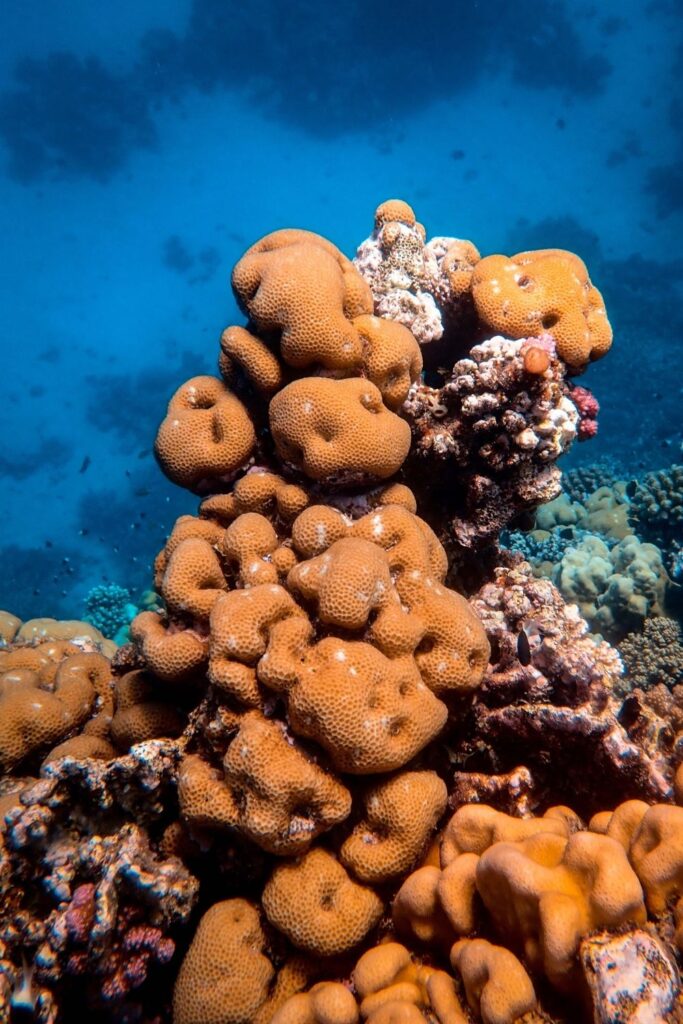
Sea sponges, or natural sponges, are simple aquatic animals, though they’re often mistaken for plants.
They live primarily at the bottom of the ocean attached to rocks and coral reefs, though broken pieces of sponge can also attach themselves to floating debris and continue to grow.
What makes these living sponges, well, spongy?
Their bodies are full of pores and channels allowing water to pass through, providing both food and oxygen.
Not all types of sea sponges are soft though. Only the ones with soft, fibrous skeletons made of “spongin”.
Out of the 8,550 or so sponge species, only a handful of soft sponges are harvested for human use.
Sea sponges vs synthetic sponges
Most manufactured sponges are either made from plastic (mainly polyester and polyurethane foam) or cellulose (wood pulp) combined with other natural fibers.
Plastic sponges (like those ubiquitous green and yellow kitchen sponges) are an ecological nightmare, taking a long time to break down and shedding microplastic fibers along the way.
These microplastics not only pollute the environment but get consumed by aquatic life and pollute the entire food chain—you included!
Plus, many “antibacterial” and “odor-free” sponges are impregnated with the chemical Triclosan, linked to various health concerns. It can also leach into waterways and cause harm to marine wildlife.
It’s possible to make cellulose sponges without any plastic or toxic chemicals so they’re a much better option than plastic ones.
Sea sponges, however, are the most natural of all, with minimal processing needed between the harvesting and retail stages.
2. ARE SEA SPONGES SUSTAINABLE?
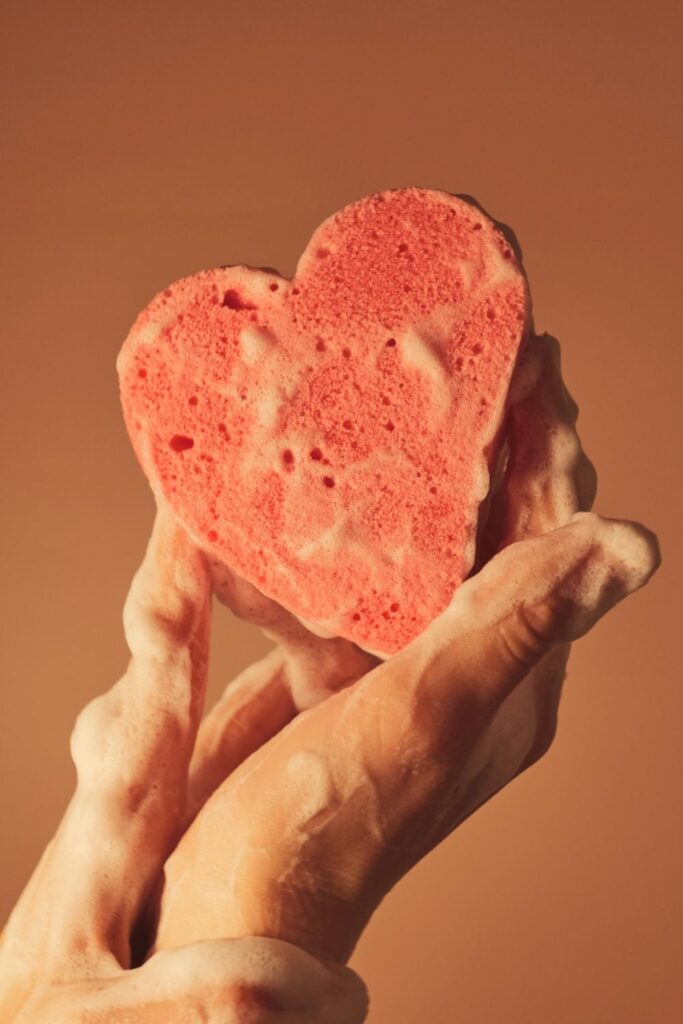
Sea sponges are 100% natural—meaning they’re also 100% compostable and biodegradable—putting them right at home in a zero waste bathroom or zero waste kitchen.
As with most things, however, scrubbing away at the issue doesn’t just leave us with something sustainably shiny underneath…
Are Sea Sponges Eco Friendly?
Sea sponges are essential to the marine web of life and play an important role in supporting coral reefs. They filter water, provide structural support and help keep reefs clean.
They do such a good cleaning job (filtering between 2m3 and 20m3 of water per kg of body weight every day) that researchers are looking into whether sponges can be used to filter contaminants on an industrial scale.
If sponges play such an important role in keeping marine ecosystems healthy, should we really be removing them and what are the con-sea-quences if we do?
Sustainable Sponge Harvesting
The majority of sponges are not endangered.
Only 20 out of the 8,500+ species are on the threatened species list, although there is a call for more research, particularly on the effects of environmental pollution on sponge populations.
The best news is that, unlike in days gone by, sponges are now harvested sustainably in a way that allows the sponge to regrow.
Like coppicing trees, sponge divers cut off the top part and leave the base intact. This will regenerate over a period of 3-5 years.
Sustainable Sponge Farming
Sea sponges can also be sustainably farmed via a fascinating process.
First, the tops of sponges are sustainably harvested. This is then divided into several pieces or “transplants” that are tied to long lengths of rope and submerged in underwater hanging gardens.
It takes 2-3 years for the transplants to grow into sponges that are ready for sale.
Sponge farming can be both sustainable and fair trade. One sustainable sponge farming project in Micronesia supports local marine farmers to produce bath and facial sponges, providing an income for local communities.
Another sponge farming project on the East Coast of Zanzibar works with mainly single women, helping them secure stable income for their families.
While the commocean some folks raise about the sustainability of sponges and over-harvesting practices is well placed, it’s important to recognize that sponges can be harvested and farmed sustainably if properly monitored and controlled.
Plus, sustainable sea sponge harvesting is far more the norm than it used to be.
Some areas that were previously closed due to over-harvesting have now reopened due to the industry’s focus on regrowth and sustainability.
Are Natural Sea Sponges Sustainable Through Processing?
While sea sponge processing is more minimal than most sponge substitute products on the market, there is still some risk of some not-so-eco friendly practices.
First, the end product is the soft skeleton of the sponge after its tissues have been removed.
Then they’re cleaned before sale. Depending on the company, that can mean through either earth-safe detergents or harsh chemicals.
Sponges are also sometimes bleached to change their color, the use of which pretty much negates any benefits of the sponge itself.
The most eco friendly sea sponges are those that are unbleached and that have been minimally processed without the use of harsh chemicals.
So, are sea sponges bad for the environment?
Inherently, no, but finding truly sustainable sea sponges requires a little more leg work than just picking one blindly off the shelf.
The trick is buying them from brands that specify the use of sustainable harvesting or farming methods and non-bleached natural processing.
3. IS HARVESTING NATURAL SPONGES ETHICAL?
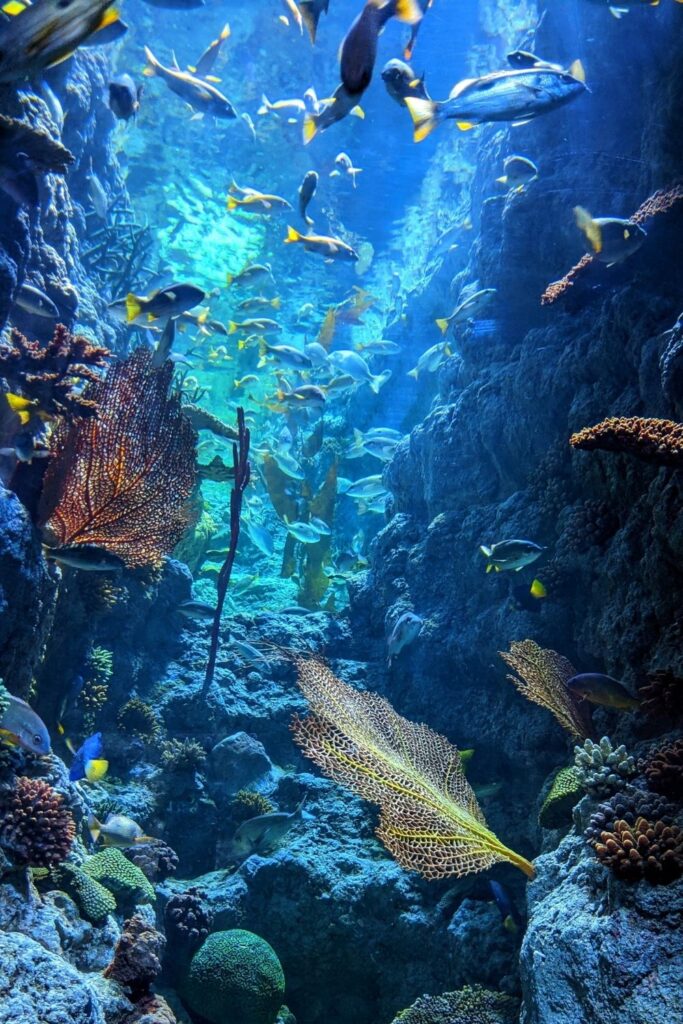
Natural sponges are a better choice for the environment, especially compared to their plastic-based counterparts.
However, given that they are living creatures, is it ethical to harvest and farm them?
Are Sea Sponges Vegan?
Technically no, they’re not vegan.
They’re classed as an animal and therefore those who staunchly avoid animal products may want to avoid sponges, too.
Are Sea Sponges Cruelty Free?
Sponges are a simple multi-celled organism. They don’t have a nervous system, circulatory system, or organs like other animals.
Given there are no nerve cells, removing the top part of a sponge is likened to us having a haircut, so long as the base is left intact to regenerate.
In sponge farming, each piece of removed sponge grows into a new sponge within 2-3 years.
Considering all of the above, some people who would typically avoid animal products are actually okay using sponges (similar to those who use ethically sourced beeswax).
As always, it comes down to individual choice.
Other Ethical Issues With Sea Sponges
Other ethical issues that could arise with sponge harvesting and farming concern workers in the supply chain.
Ethical manufacturing depends on a company’s values, policies, and monitoring procedures.
As the examples from Micronesia and Zanzibar show, sponge farming can be done in a way that greatly benefits local communities.
FINAL THOUGHTS ON WHETHER SEA SPONGES ARE SUSTAINABLE & ETHICAL?
Being a conscious consumer means asking questions about a product’s origin and journey, from raw materials and ingredients to the final product.
The use of natural sponges is a tricky issue because we’re talking about living organisms that play a vital role in keeping marine ecosystems healthy.
Final verdict: are natural sponges ethical?
Provided they’ve been sustainably harvested, farmed, and processed, these handy zero waste products get our seal of approval for their ability to replace their plastic imitators.
However, we fully recognize that some might not be able to reconcile their inherently non-vegan nature.
If you’d rather avoid sea sponges, there are other plant-based loofah alternatives that you can substitute for your zero waste cleaning and bathing needs.
If you found this spongy saga absorbing, hit the share button so others can also soak in the info.
